elemintalshop
Tamerlane on Horseback 500 S'om Uzbekistan Authentic Banknote Money for Jewelry and Collage (1999) (Ghazi) (Equestrian Statue) (Amir Timur)
Tamerlane on Horseback 500 S'om Uzbekistan Authentic Banknote Money for Jewelry and Collage (1999) (Ghazi) (Equestrian Statue) (Amir Timur)
Couldn't load pickup availability
Tamerlane on Horseback 500 S'om Uzbekistan Authentic Banknote Money for Jewelry and Collage (1999) (Sword of Islam) (Ghazi) (Equestrian Statue) (Tashkent) (Amir Timur)
Reverse: Equestrian statue of Amir Timur (Tamerlane) in Tashkent.
Lettering: 500 СЎМ
ЎЗБЕКИСТОН СЎМИНИ ҚАЛБАКИЛАШТИРИШ ҚОНУНГА МУВОФИҚ ТАЪҚИБ ҚИЛИНАДИ
Translation: Counterfeiting of the Uzbek so‘m is prosecuted in accordance to the law
Obverse: State emblem of Uzbekistan, National ornaments
Lettering: ЎЗБЕКИСТОН РЕСПУБЛИКАСИ МАРКАЗИЙ БАНКИ
500 СЎМ
ЎЗБЕКИСТОН СЎМИ РЕСПУБЛИКА ҲУДУДИДА ХАММА ТЎЛОВАР УЧУН ЎЗ ҚИЙМАТИ БЎЙИЧА ҚАБУЛ ҚИЛИНИШИ ШАРТ
Translation: Central Bank of the Republic of Uzbekistan, The Uzbek so‘m must be accepted at face value for all payments in the republic
Reverse: Equestrian statue of Amir Timur (Tamerlane) in Tashkent
Lettering: 500 СЎМ
ЎЗБЕКИСТОН СЎМИНИ ҚАЛБАКИЛАШТИРИШ ҚОНУНГА МУВОФИҚ ТАЪҚИБ ҚИЛИНАДИ
Translation: Counterfeiting of the Uzbek so‘m is prosecuted in accordance to the law
Features
Issuer Uzbekistan
Issuing entity Central Bank of Uzbekistan
Period Republic (1991-date)
Type Standard banknote
Year 1999
Value 500 Soʻm (500 UZS)
Currency Second soʻm (1994-date)
Composition Paper
Size 144 × 78 mm
Shape Rectangular
Demonetized 1 July 2020
Number N# 203540
References P# 81
Wikipedia:
Timur (Chagatay: تيمور Temür, lit. 'Iron'; 9 April 1336 – 17–19 February 1405), later Timūr Gurkānī[b] (Chagatay: تيمور کورگن Temür Küregen), was a Turco-Mongol conqueror who founded the Timurid Empire in and around modern-day Afghanistan, Iran and Central Asia, becoming the first ruler of the Timurid dynasty. As an undefeated commander, he is widely regarded as one of the greatest military leaders and tacticians in history. Timur is also considered a great patron of art and architecture as he interacted with intellectuals such as Ibn Khaldun and Hafiz-i Abru and his reign introduced the Timurid Renaissance.
Born into the Barlas confederation in Transoxiana (in modern-day Uzbekistan) on 9 April 1336, Timur gained control of the western Chagatai Khanate by 1370. From that base, he led military campaigns across Western, South and Central Asia, the Caucasus, and Southern Russia, and emerged as the most powerful ruler in the Muslim world after defeating Golden Horde, the Mamluks of Egypt and Syria, the emerging Ottoman Empire, and the declining Delhi Sultanate of India. From these conquests, he founded the Timurid Empire, but this empire fragmented shortly after his death.
Timur was the last of the great nomadic conquerors of the Eurasian Steppe, and his empire set the stage for the rise of the more structured and lasting Islamic gunpowder empires in the 16th and 17th centuries. Timur was of both Turkic and Mongol descent, and, while unlikely a direct descendant on either side, he shared a common ancestor with Genghis Khan on his father's side, while other authors have suggested that his mother might have been a descendant of Khan. He clearly sought to invoke the legacy of the latter's conquests during his lifetime. Timur envisioned the restoration of the Mongol Empire of Genghis Khan (died 1227) and according to Gérard Chaliand, saw himself as Genghis Khan's heir.
According to Beatrice Forbes Manz, "in his formal correspondence Temur continued throughout his life to portray himself as the restorer of Chinggisid rights. He justified his Iranian, Mamluk, and Ottoman campaigns as a re-imposition of legitimate Mongol control over lands taken by usurpers." To legitimize his conquests, Timur relied on Islamic symbols and language, referred to himself as the "Sword of Islam". He was a patron of educational and religious institutions. He converted nearly all the Borjigin leaders to Islam during his lifetime. Timur decisively defeated the Christian Knights Hospitaller at the Siege of Smyrna, styling himself a ghazi. By the end of his reign, Timur had gained complete control over all the remnants of the Chagatai Khanate, the Ilkhanate, and the Golden Horde, and even attempted to restore the Yuan dynasty in China.
Timur's armies were inclusively multi-ethnic and were feared throughout Asia, Africa, and Europe, sizable parts of which his campaigns laid waste. Scholars estimate that his military campaigns caused the deaths of 17 million people, amounting to about 5% of the world population at the time. Of all the areas he conquered, Khwarazm suffered the most from his expeditions, as it rose several times against him.
Timur was the grandfather of the Timurid sultan, astronomer and mathematician Ulugh Beg, who ruled Central Asia from 1411 to 1449, and the great-great-great-grandfather of Babur (1483–1530), founder of the Mughal Empire, which then ruled almost all of the Indian subcontinent.
Personality
Timur is regarded as a military genius and as a brilliant tactician with an uncanny ability to work within a highly fluid political structure to win and maintain a loyal following of nomads during his rule in Central Asia. He was also considered extraordinarily intelligent – not only intuitively but also intellectually. In Samarkand and his many travels, Timur, under the guidance of distinguished scholars, was able to learn the Persian, Mongolian, and Turkish languages (according to Ahmad ibn Arabshah, Timur could not speak Arabic). According to John Joseph Saunders, Timur was "the product of an Islamized and Iranized society", and not steppe nomadic. More importantly, Timur was characterized as an opportunist. Taking advantage of his Turco-Mongolian heritage, Timur frequently used either the Islamic religion or the sharia law, fiqh, and traditions of the Mongol Empire to achieve his military goals or domestic political aims. Timur was a learned king, and enjoyed the company of scholars; he was tolerant and generous to them. He was a contemporary of the Persian poet Hafez, and a story of their meeting explains that Timur summoned Hafiz, who had written a ghazal with the following verse:
For the black mole on thy cheek
I would give the cities of Samarkand and Bukhara.
Timur upbraided him for this verse and said, "By the blows of my well tempered sword I have conquered the greater part of the world to enlarge Samarkand and Bukhara, my capitals and residences; and you, pitiful creature, would exchange these two cities for a mole." Hafez, undaunted, replied, "It is by similar generosity that I have been reduced, as you see, to my present state of poverty." It is reported that the King was pleased by the witty answer and the poet departed with magnificent gifts.
There is a shared view that Timur's real motive for his campaigns was his imperialistic ambition, as expressed by his statement: "The whole expanse of the inhabited part of the world is not large enough to have two kings." However, besides Iran, Timur simply plundered the states he invaded with a purpose of enriching his native Samarqand and neglected the conquered areas, which may have resulted in a relatively quick disintegration of his Empire after his death.
Timur used Persian expressions in his conversations often, and his motto was the Persian phrase rāstī rustī (راستی رستی, meaning "truth is safety" or "veritas salus"). He is credited with the invention of the Tamerlane chess variant, played on a 10×11 board.
Legacy
Timur's legacy is a mixed one. While Central Asia blossomed under his reign, other places, such as Baghdad, Damascus, Delhi and other Arab, Georgian, Persian, and Indian cities were sacked and destroyed and their populations massacred. Thus, while Timur still retains a positive image in Muslim Central Asia, he is vilified by many in Arabia, Iraq, Persia, and India, where some of his greatest atrocities were carried out. However, Ibn Khaldun praises Timur for having unified much of the Muslim world when other conquerors of the time could not. The next great conqueror of the Middle East, Nader Shah, was greatly influenced by Timur and almost re-enacted Timur's conquests and battle strategies in his own campaigns. Like Timur, Nader Shah conquered most of Caucasia, Persia, and Central Asia along with also sacking Delhi.
Timur's short-lived empire also melded the Turko-Persian tradition in Transoxiana, and in most of the territories that he incorporated into his fiefdom, Persian became the primary language of administration and literary culture (diwan), regardless of ethnicity. In addition, during his reign, some contributions to Turkic literature were penned, with Turkic cultural influence expanding and flourishing as a result. A literary form of Chagatai Turkic came into use alongside Persian as both a cultural and an official language.
Tamerlane virtually exterminated the Church of the East, which had previously been a major branch of Christianity but afterwards became largely confined to a small area now known as the Assyrian Triangle.
Timur became a relatively popular figure in Europe for centuries after his death, mainly because of his victory over the Ottoman Sultan Bayezid. The Ottoman armies were at the time invading Eastern Europe and Timur was seen as an ally.
Timur is officially recognized as a national hero in Uzbekistan. His monument in Tashkent now occupies the place where Karl Marx's statue once stood.
Exhumation and alleged curse
Timur's body was exhumed from his tomb on 19 June 1941 and his remains examined by the Soviet anthropologists Mikhail M. Gerasimov, Lev V. Oshanin and V. Ia. Zezenkova. Gerasimov reconstructed the likeness of Timur from his skull and found that his facial characteristics displayed "typical Mongoloid features", i.e. East Asian in modern terms. An anthropologic study of Timur's cranium shows that he belonged predominately to the South Siberian Mongoloid type. At 5 feet 8 inches (173 centimeters), Timur was tall for his era. The examinations confirmed that Timur was lame and had a withered right arm due to his injuries. His right thighbone had knitted together with his kneecap, and the configuration of the knee joint suggests that he had kept his leg bent at all times and therefore would have had a pronounced limp. He appears to have been broad-chested and his hair and beard were red. It is alleged that Timur's tomb was inscribed with the words, "When I rise from the dead, the world shall tremble." It is also said that when Gerasimov exhumed the body, an additional inscription inside the casket was found, which read, "Whomsoever [sic] opens my tomb shall unleash an invader more terrible than I." Even though people close to Gerasimov claim that this story is a fabrication, the legend persists. In any case, three days after Gerasimov began the exhumation, Adolf Hitler invaded the Soviet Union. Timur was re-buried with full Islamic ritual in November 1942 just before the Soviet victory at the Battle of Stalingrad.
Share
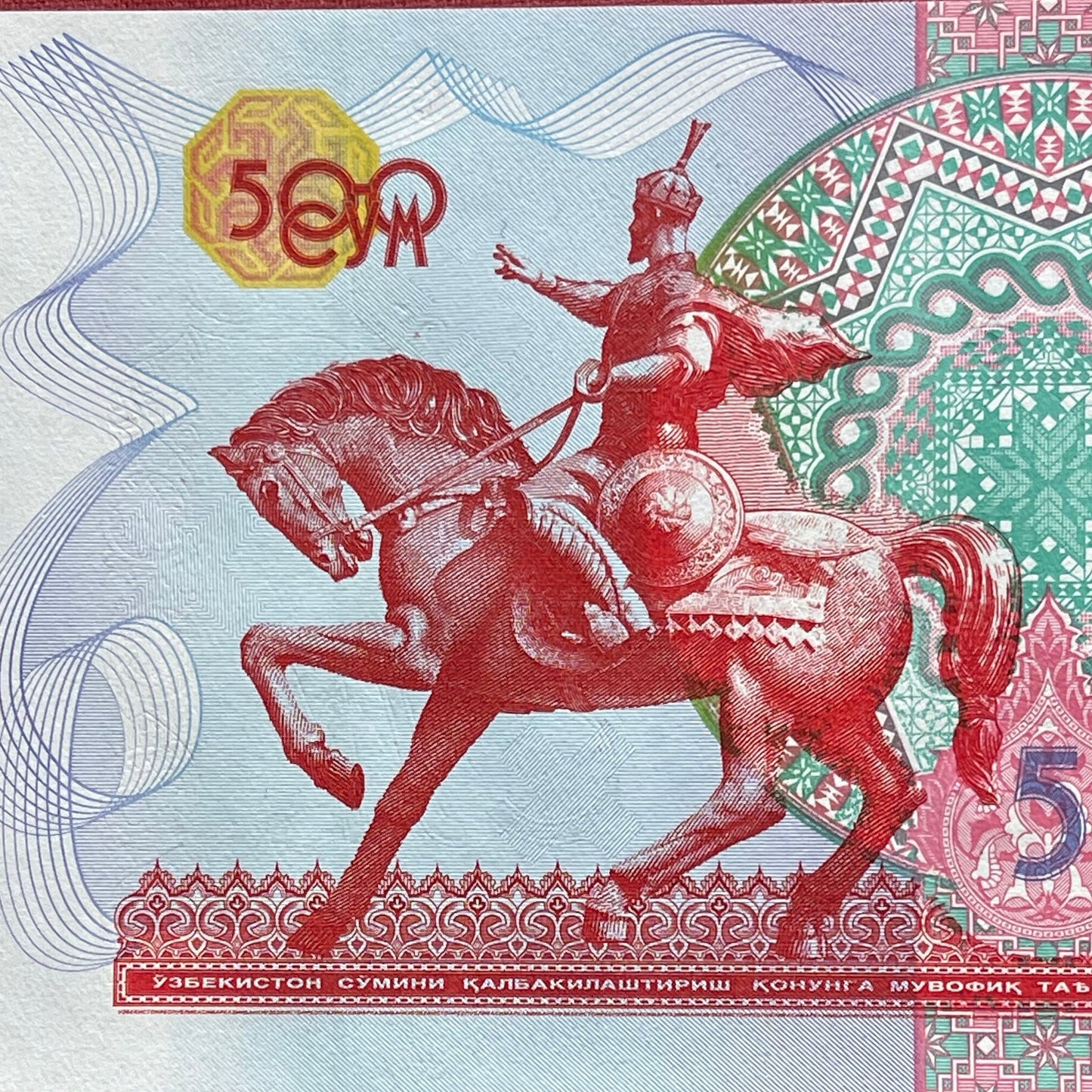
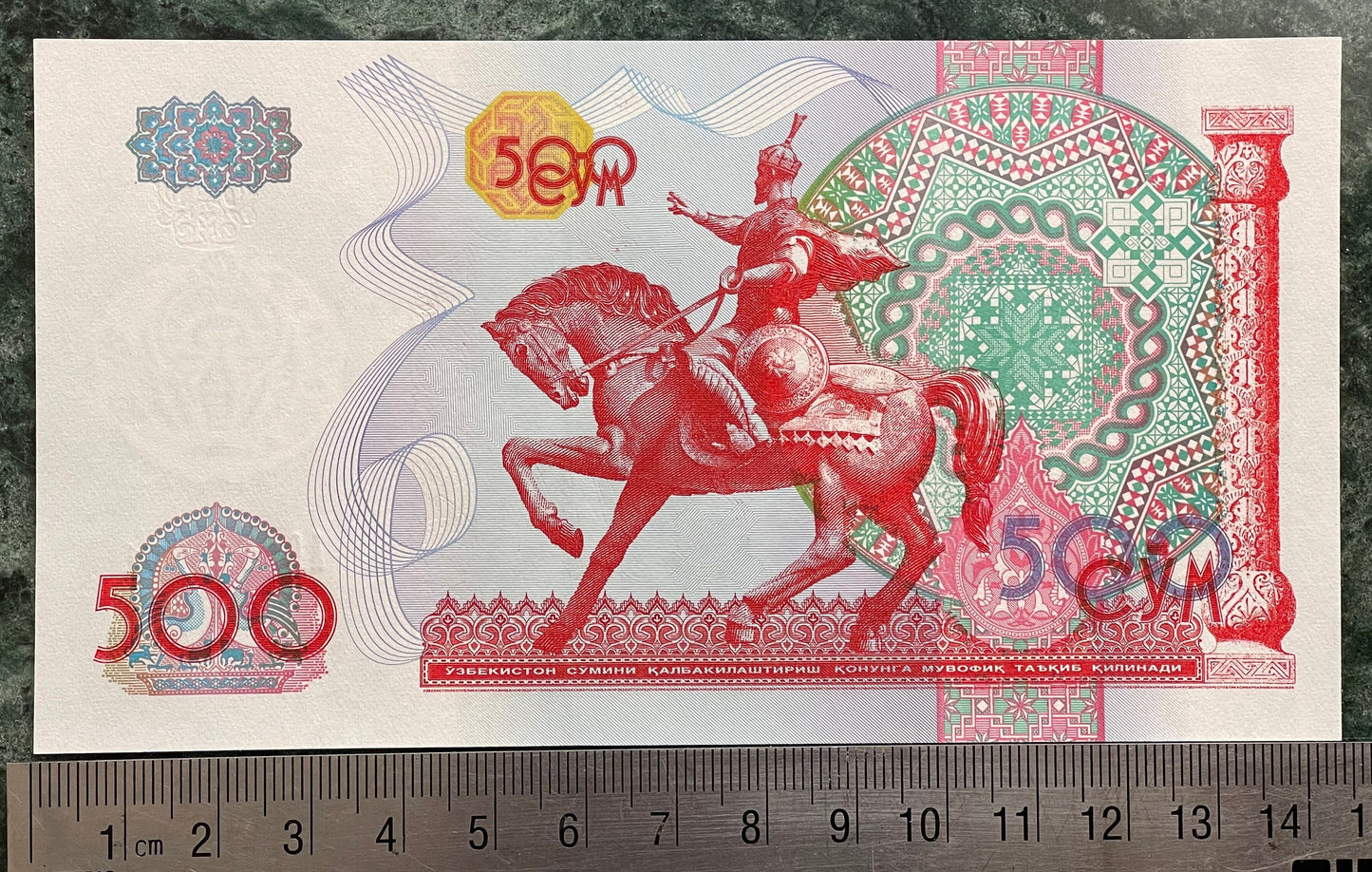
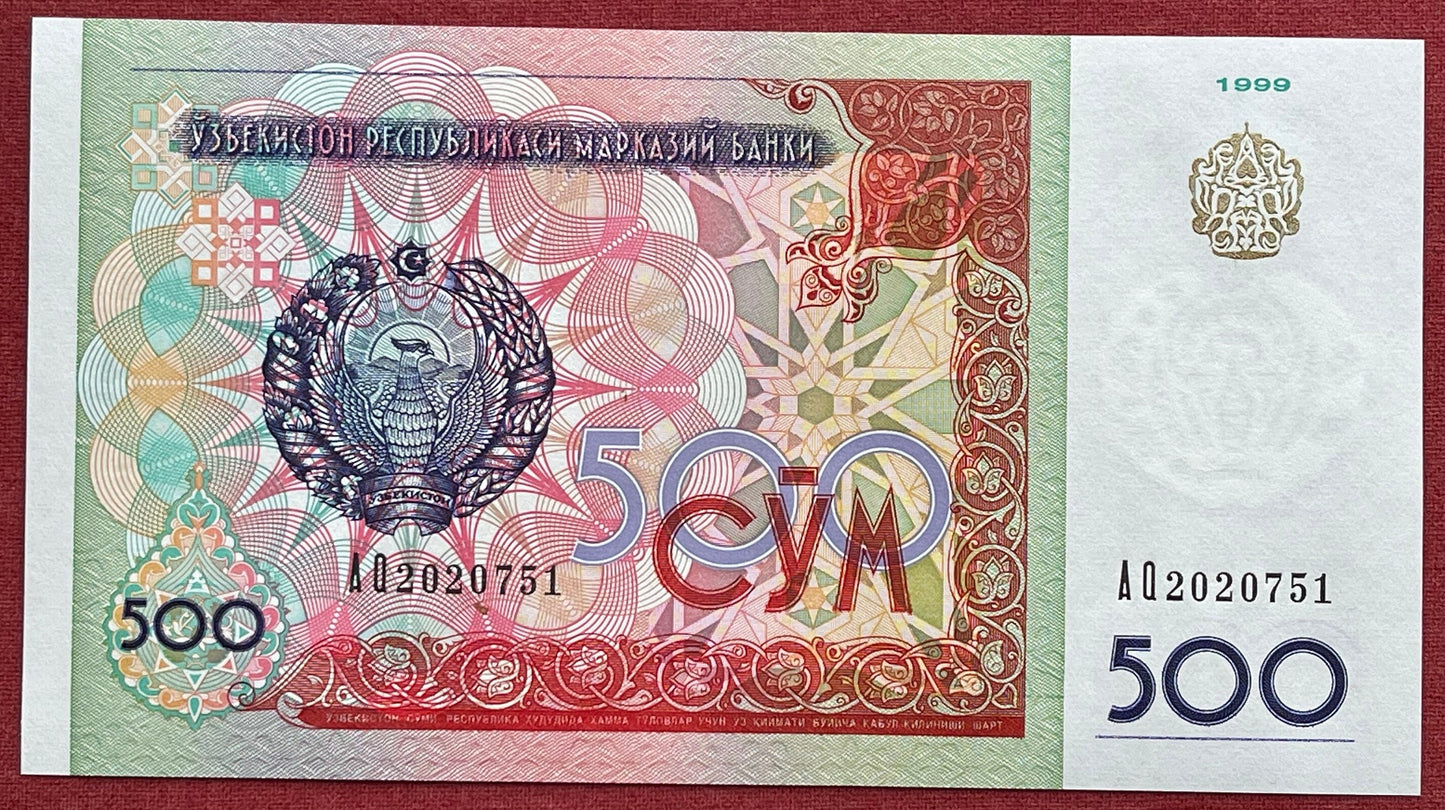
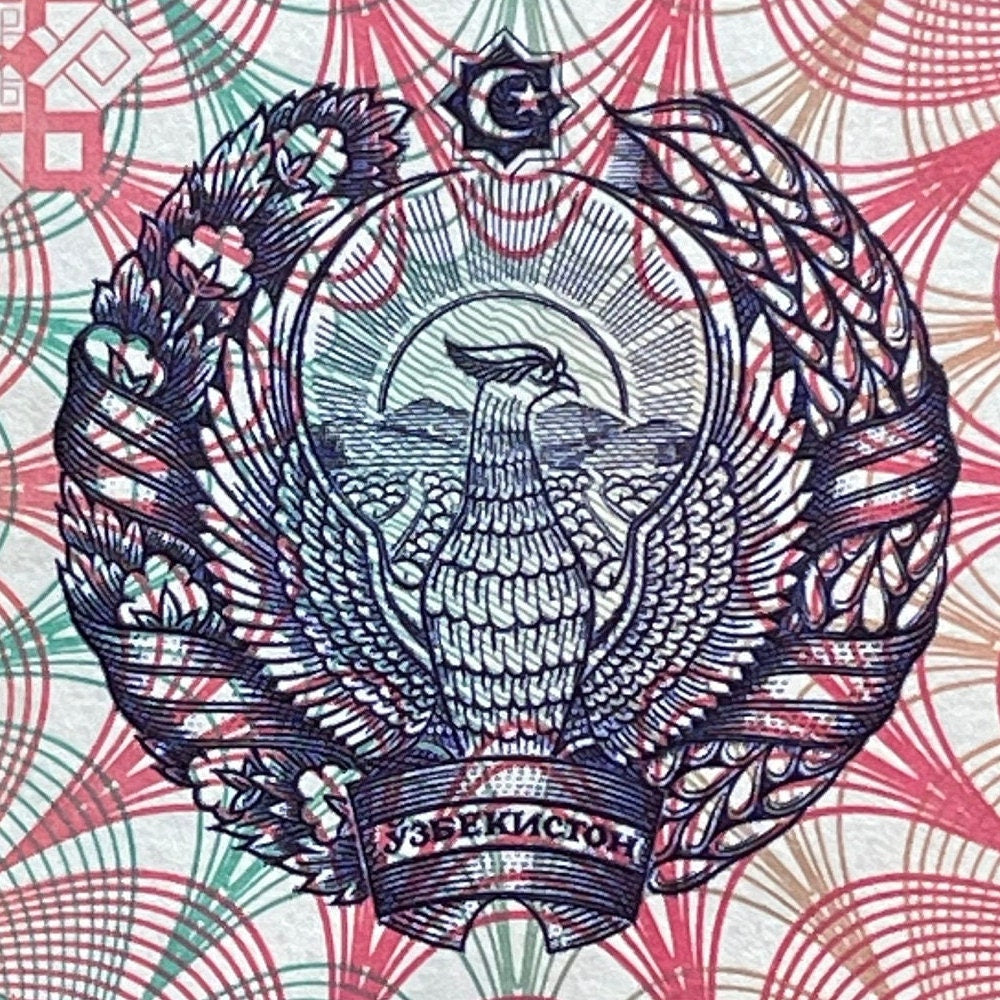
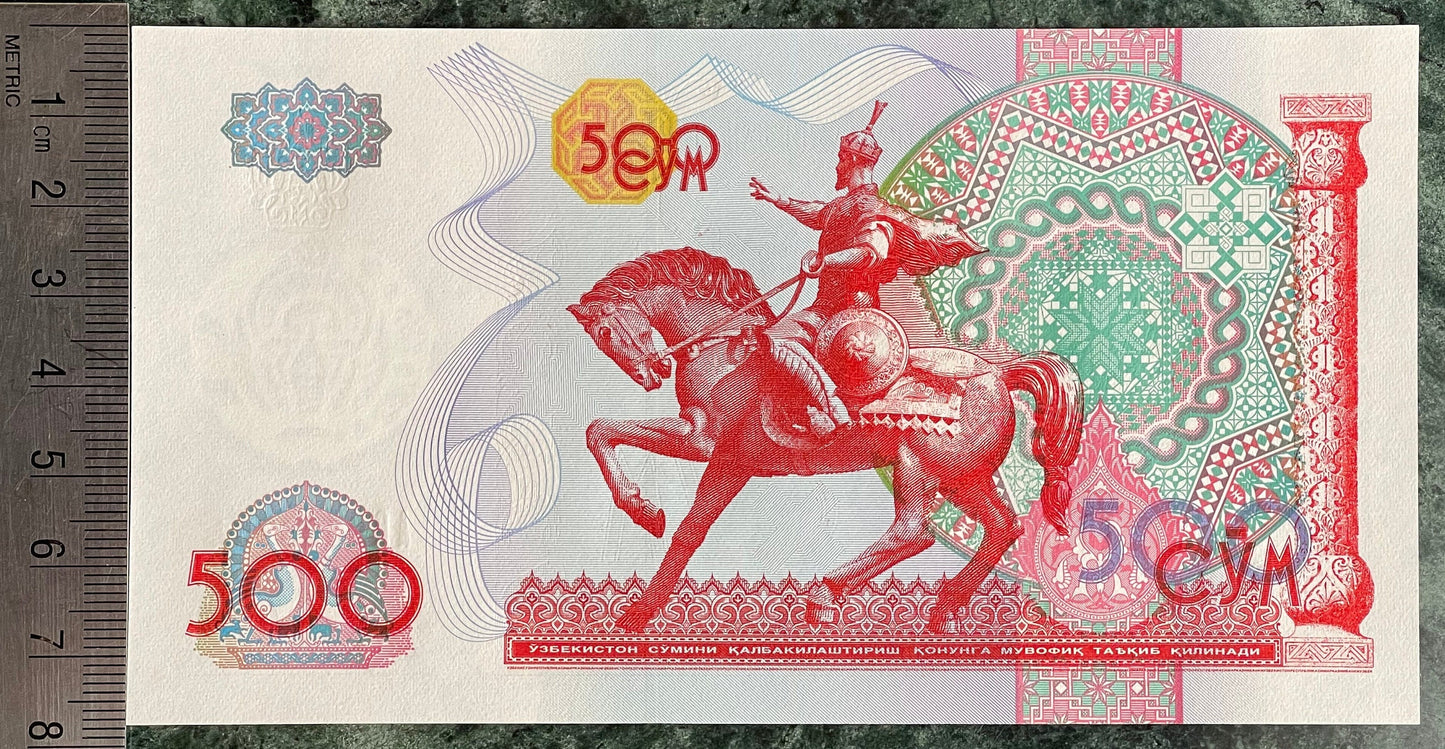
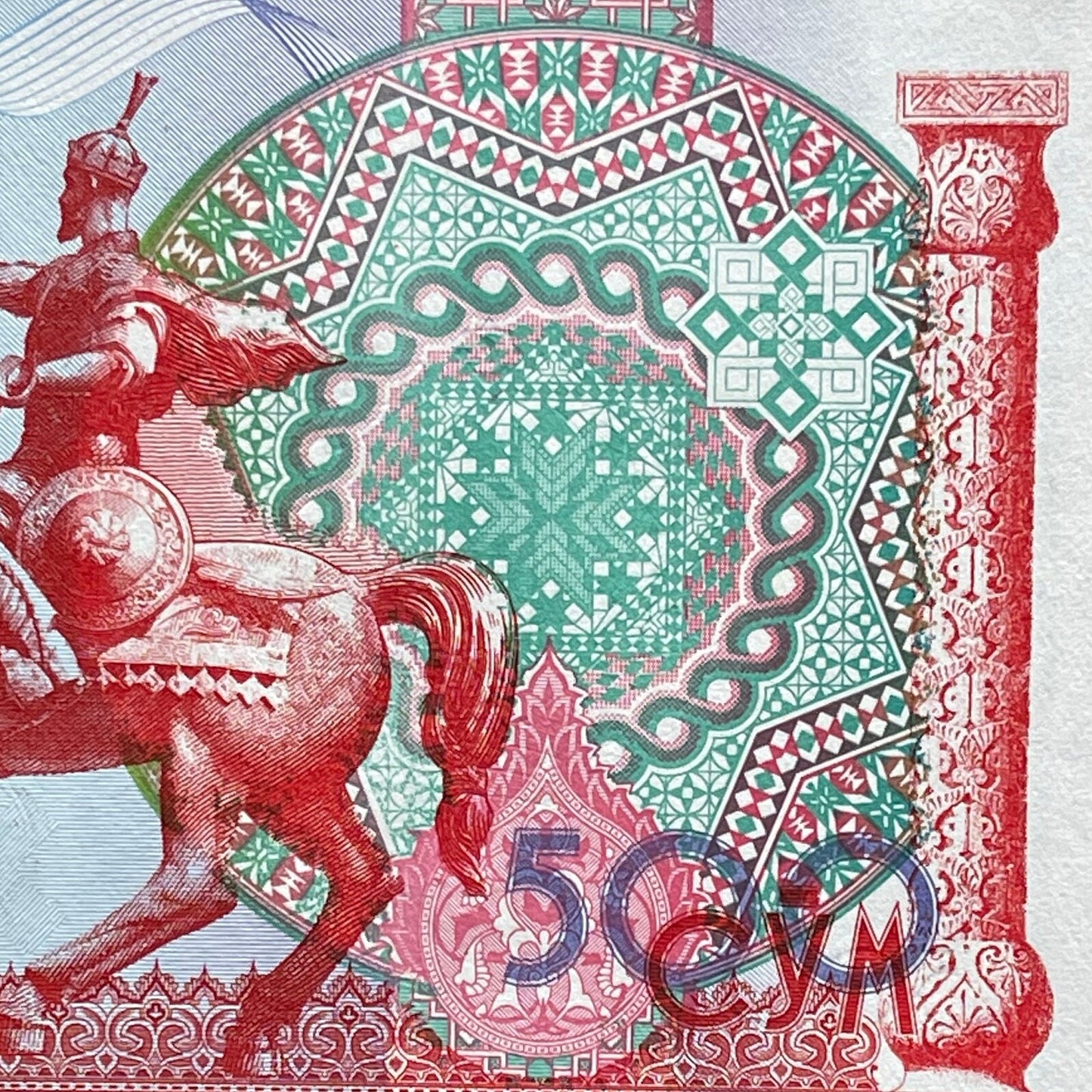
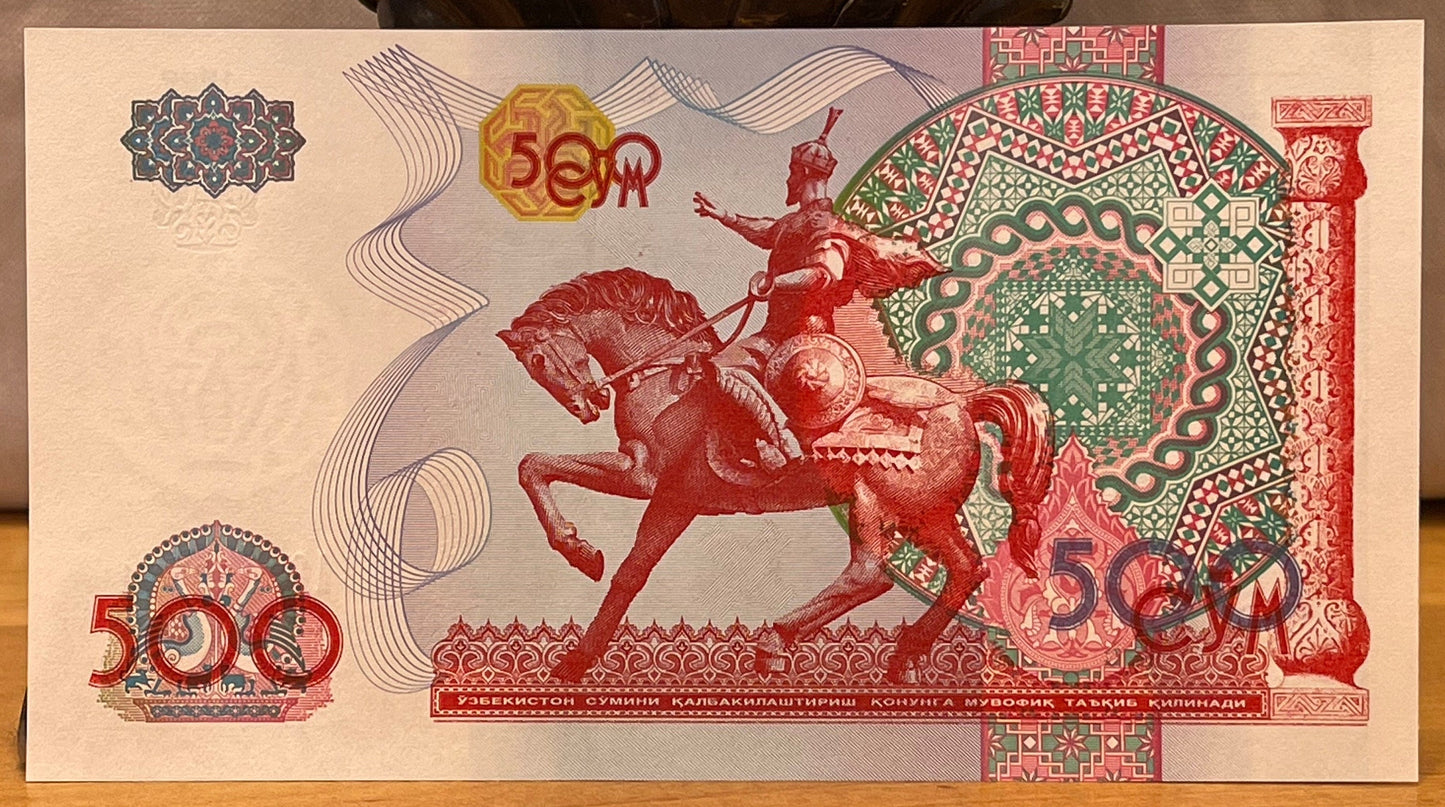
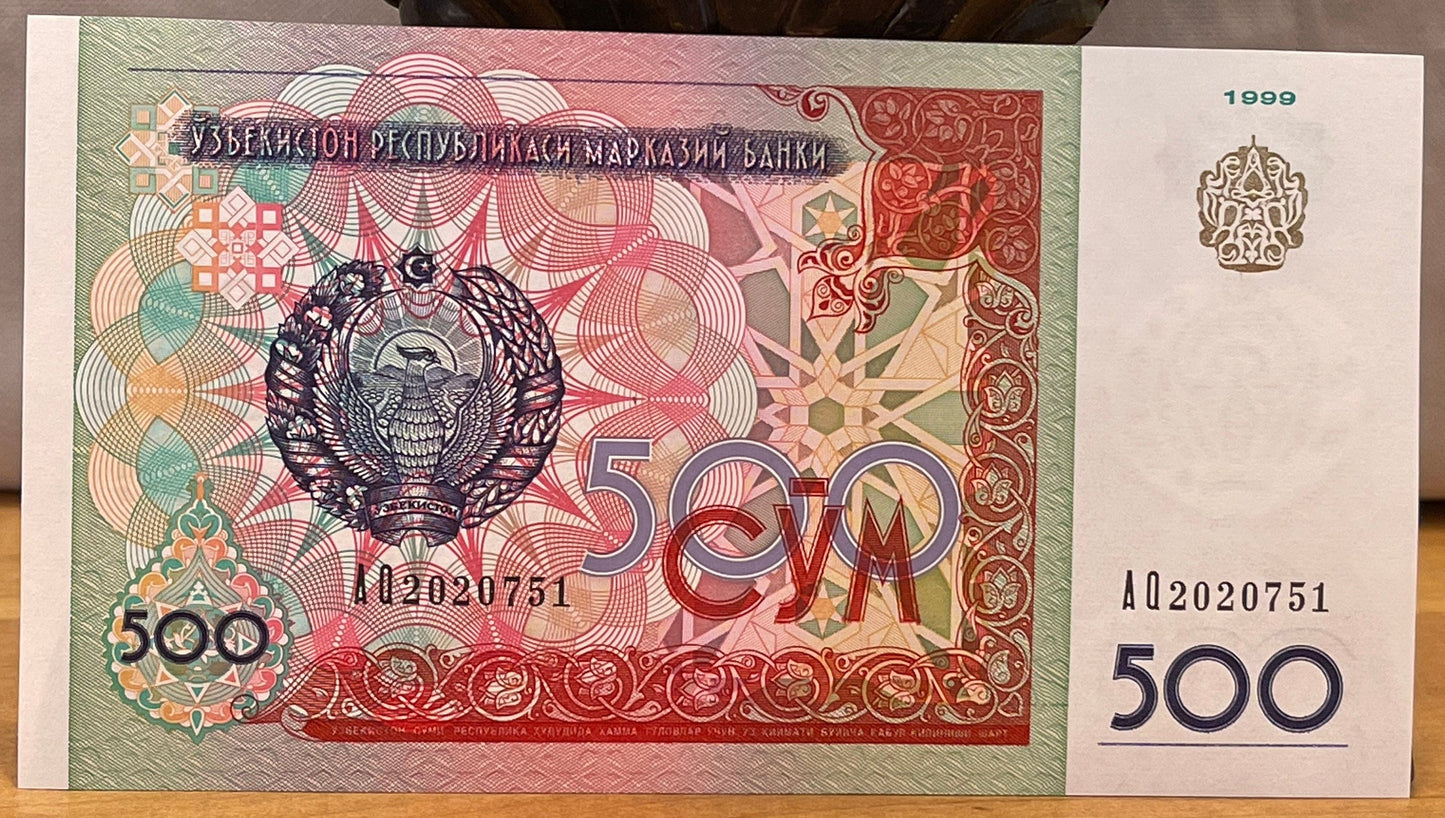
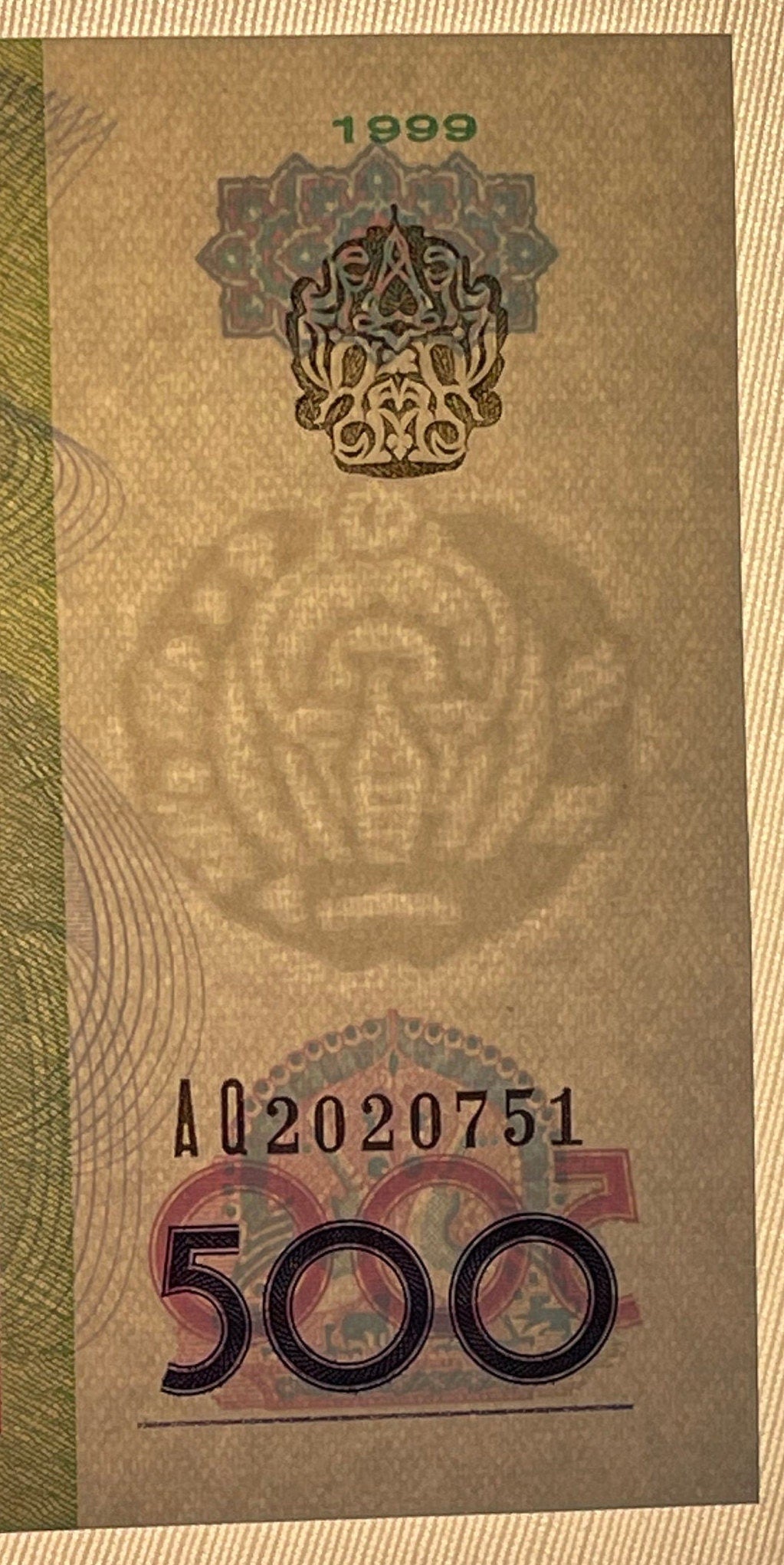
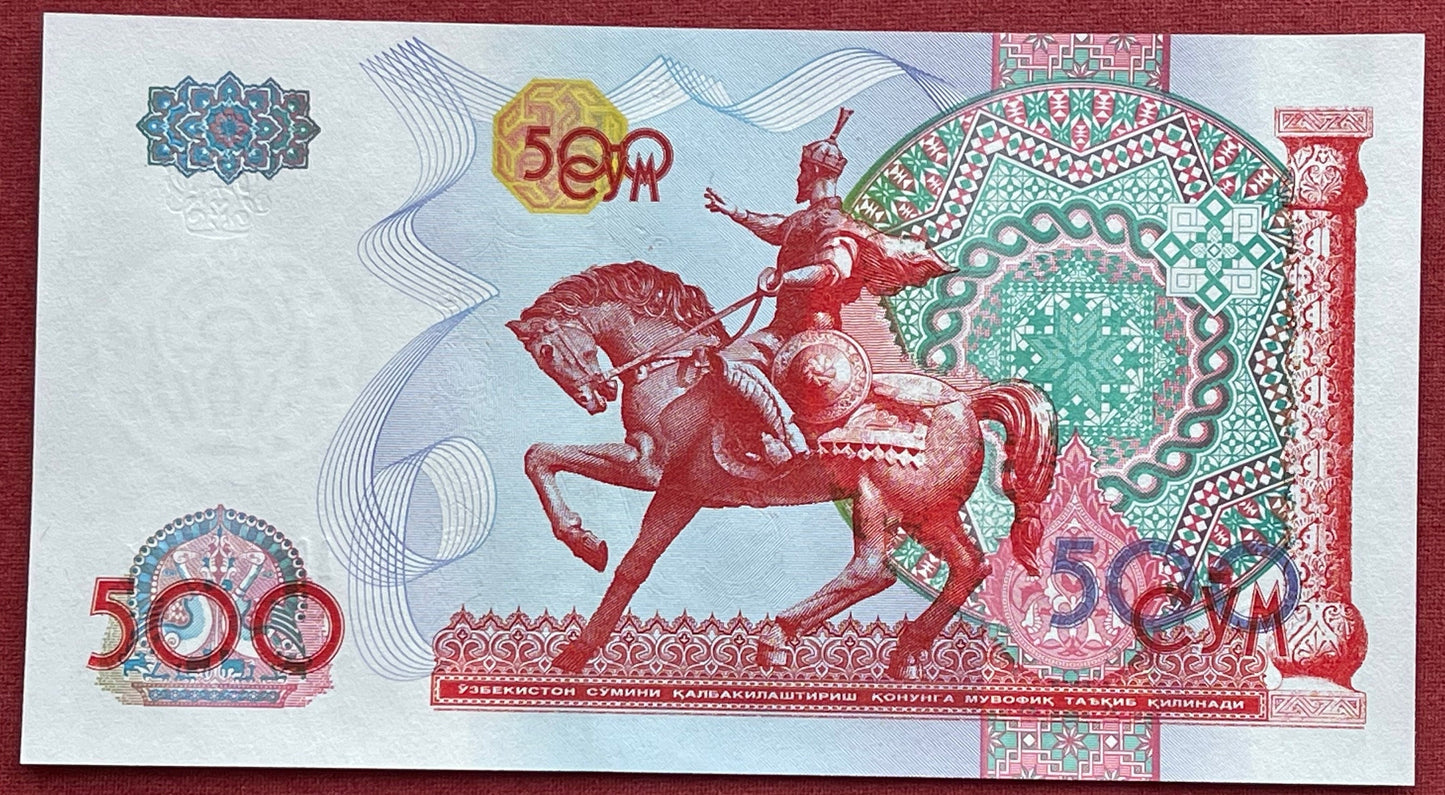
Beautiful. Definitely coming back for more.
5 stars review from Eremochloa









